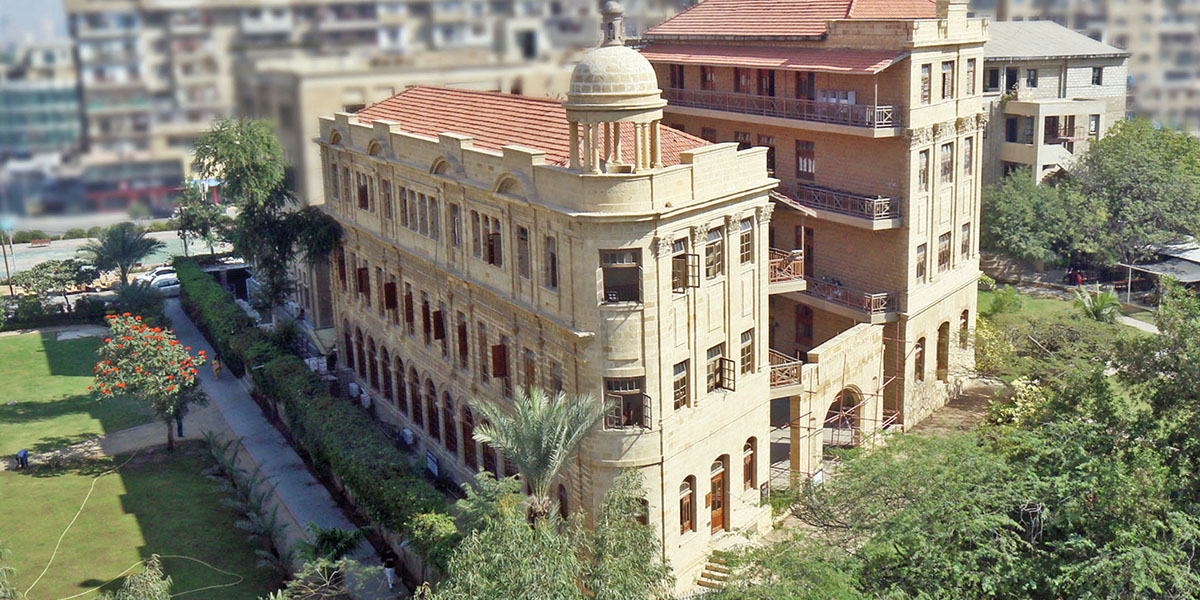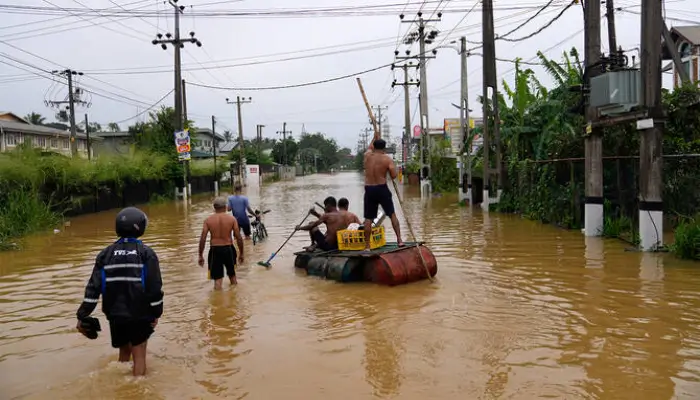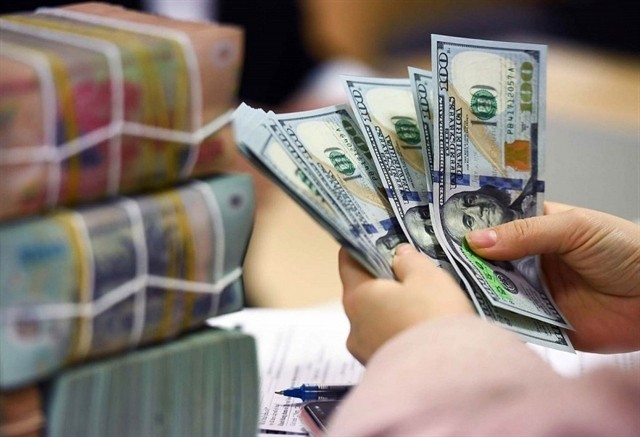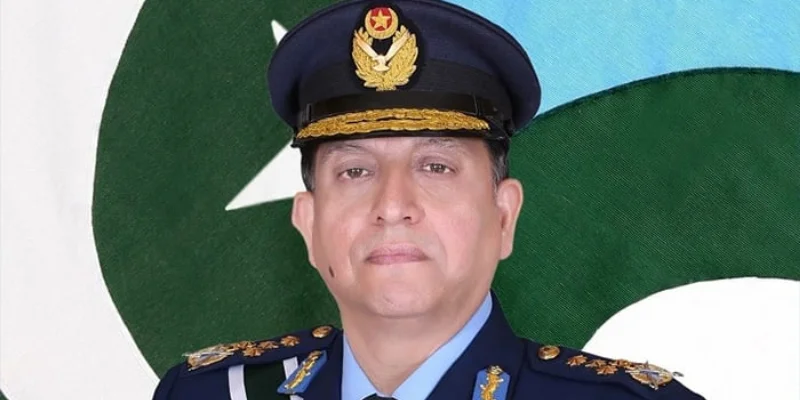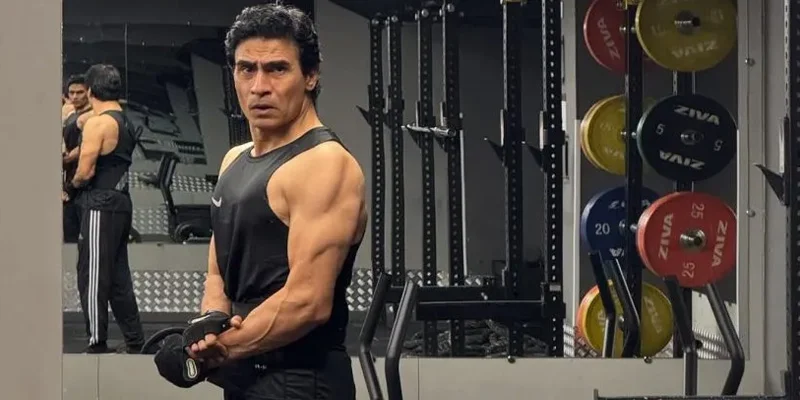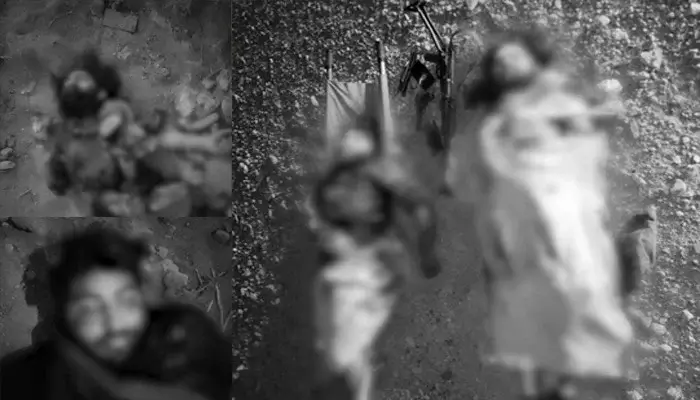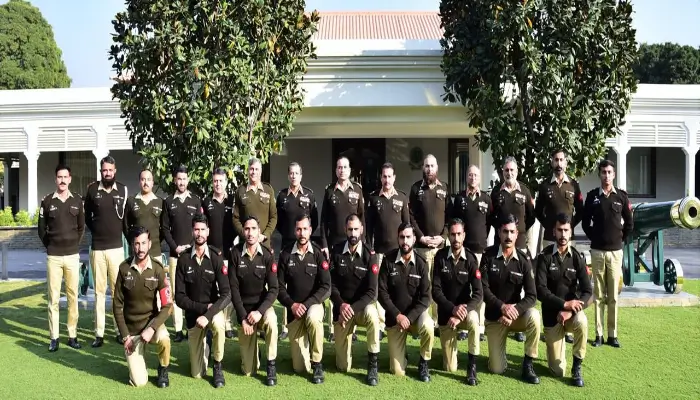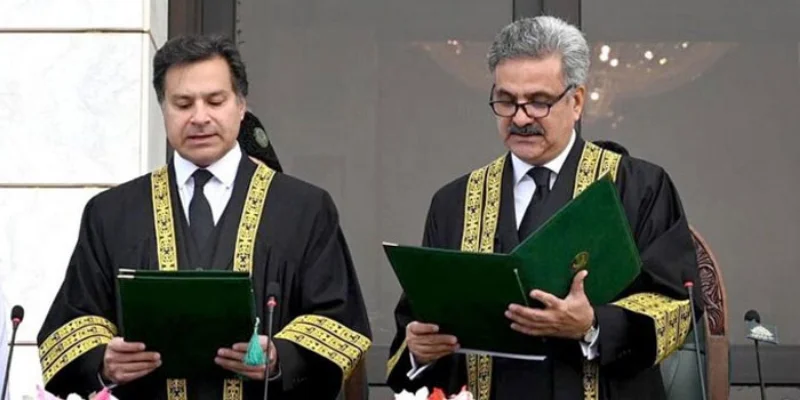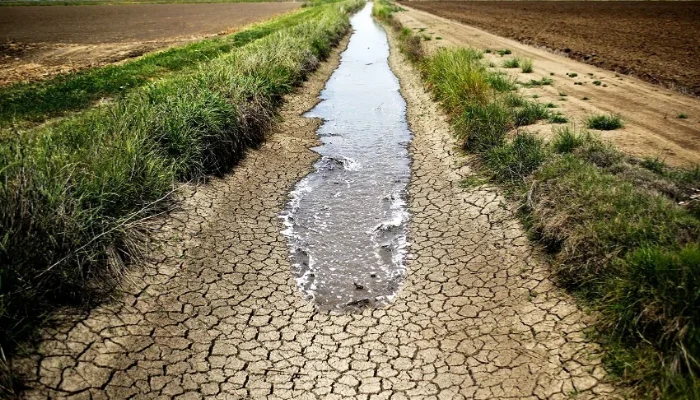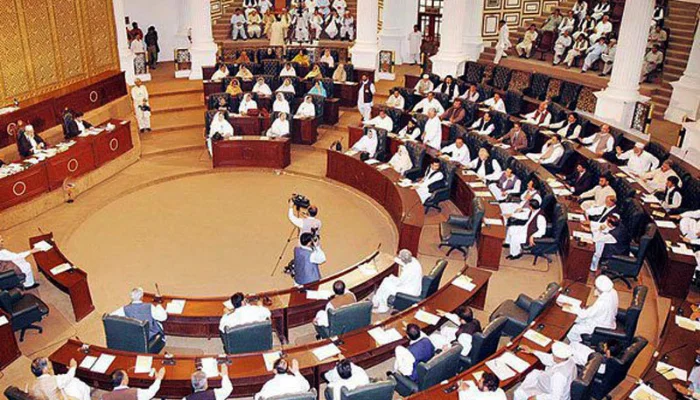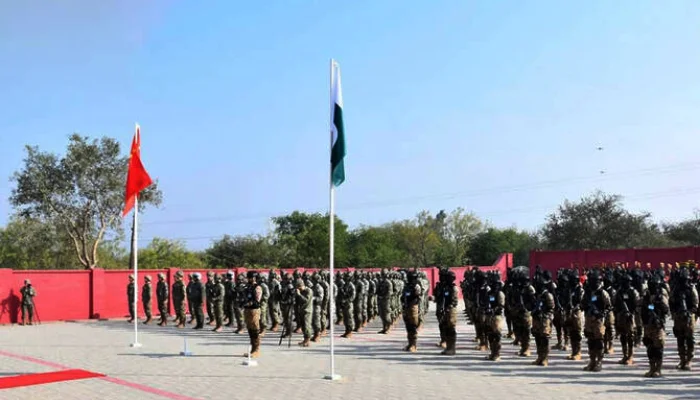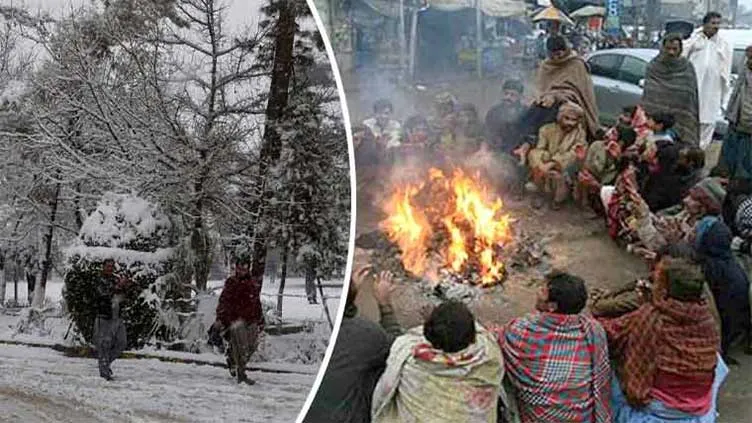KARACHI: The completion of Nusserwanjee building’s conservation on the campus of the Indus Valley School (IVS) of Art and Architecture is a unique example. It is said to be the largest stone-by-stone relocation project in the subcontinent.
Each of its 26,000 stones were relocated from Kharadar in 1991 to become part of the IVS campus in Clifton. Over the years, the proximity to the open sea accelerated deterioration of the stonework’s façade, which necessitated preservation work.
The Sindh Exploration and Adventure Society (SEAS) Pakistan and the US Consulate General collaborated to restore this piece of Karachi’s history and bring it back to its former glory.
The more than 112-year-old landmark Nusserwanjee Building is representative of the historical downtown of Karachi. It is a reminder of Karachi’s pluralistic religious and cultural roots. It was built by the Parsi community and named after a well-known philanthropist and the first mayor of Karachi, Jamshed Nusserwanjee Mehta.

Building’s background
Mehta was the first elected mayor of Karachi from 1933 to 1934, and is still remembered as the ‘Maker of Modern Karachi.’ In 1918, Mehta was elected a councillor of the Karachi Municipal Corporation and served in that position for six years.
He was soon elected president of the KMC. He served in that capacity for 12 years from April 1922 to October 1933. Then he was elected to become the first mayor of Karachi from 1933 to 1934 in British India.
He transformed the city into a great metropolis during his 19-year period as a local politician between 1918 and 1934, changing it from a fishing village to a well-planned city.
Relocation to IVS
In the early 1990s, the IVS was in search of some suitable designs for its new campus in the Clifton locality. It was then that the IVS discovered the Nusserwanjee building, which was to be demolished as the owners were planning a commercial high-rise building in its place.
As per the result of a direct deal with the owners, the building was procured for Rs1.5 million (or $50,000 at the time). It was favoured to remove and relocate the building from its original place to the open IVS campus by the seaside. The four-storey east wing was completed in 2001 and the three-storey west wing became operational at the end of 2004.
At least 26,000 stones were all identified and numbered for future reference to reuse at the same location again. Interestingly, only about a handful (50 or so) of the stones got damaged during the demolition work. Meanwhile, the remaining stones safely reached their final destination 10km away.
IVS Dean and Executive Director Dr Faiza Mushtaq highlighted the Nusserwanjee building’s role in the school and said, “Indus Valley has been a leading institution of art and design education in Karachi for 30 years. The Nusserwanjee building plays a vital role in the school, as it houses our fine arts, architecture, textile design and interior design studios as well as the drawing studios for foundation year students and the IVS Gallery.”
While sharing the experience of conservation of the historic building, she remarked that the story of how the Nusserwanjee building was saved from demolition by the school’s founders and transported to this new location was already commendable. She also showed gratitude to SEAS and the United States Ambassadors Fund for Cultural Preservation (USAFCP) and stated, “A few years ago, we noticed significant wear and tear. The damage to the building needed urgent conservation work. We are grateful that the SEAS team stepped in and the US provided this generous funding through which the conservation was successfully completed.”
Dr Asma Ibrahim, co-founder SEAS, shared her experience and contentment on completion of conservation of Nusserwanjee building.
“For the SEAS team, working on this important project of the conservation and rehabilitation of Nusserwanjee building, and to oversee its completion, was an immensely happy moment. I would like to acknowledge the USAFCP and US Consulate for the funding of this project and the trust it showed in our work. It was not only an opportunity for the iconic buildings of the city to be preserved for the next generations but at the same time the revival of stonework, which almost went extinct.”
Dr Asma also acknowledged the efforts of the architecture school and said “The IVS management was always available to come forward when they were required to act.”
In countering the problem she praised the role of the US consulate and commented, “The US Consulate in Karachi was an active partner in the discussion regarding the issues faced by the building, from the very beginning. The US Ambassadors Fund Award for the proposal of rehabilitation came in handy, and the SEAS members utilised this occasion to achieve remarkable success, to address the acute crises which seemed insurmountable since the past decade.”
As far back as 2001, the US has awarded more than $6.4 million (approximately Rs1.1 billion) for 30 such cultural heritage projects across Pakistan.
In addition to the Nusserwanjee building, other USAFCP projects in Sindh include the restoration of the tombs of Sultan Ibrahim and Amir Sultan Mohammad at the Makli Hill necropolis, the conservation of Varun Dev Hindu Temple on Manora Island, and the recently inaugurated project to restore Frere Hall.

